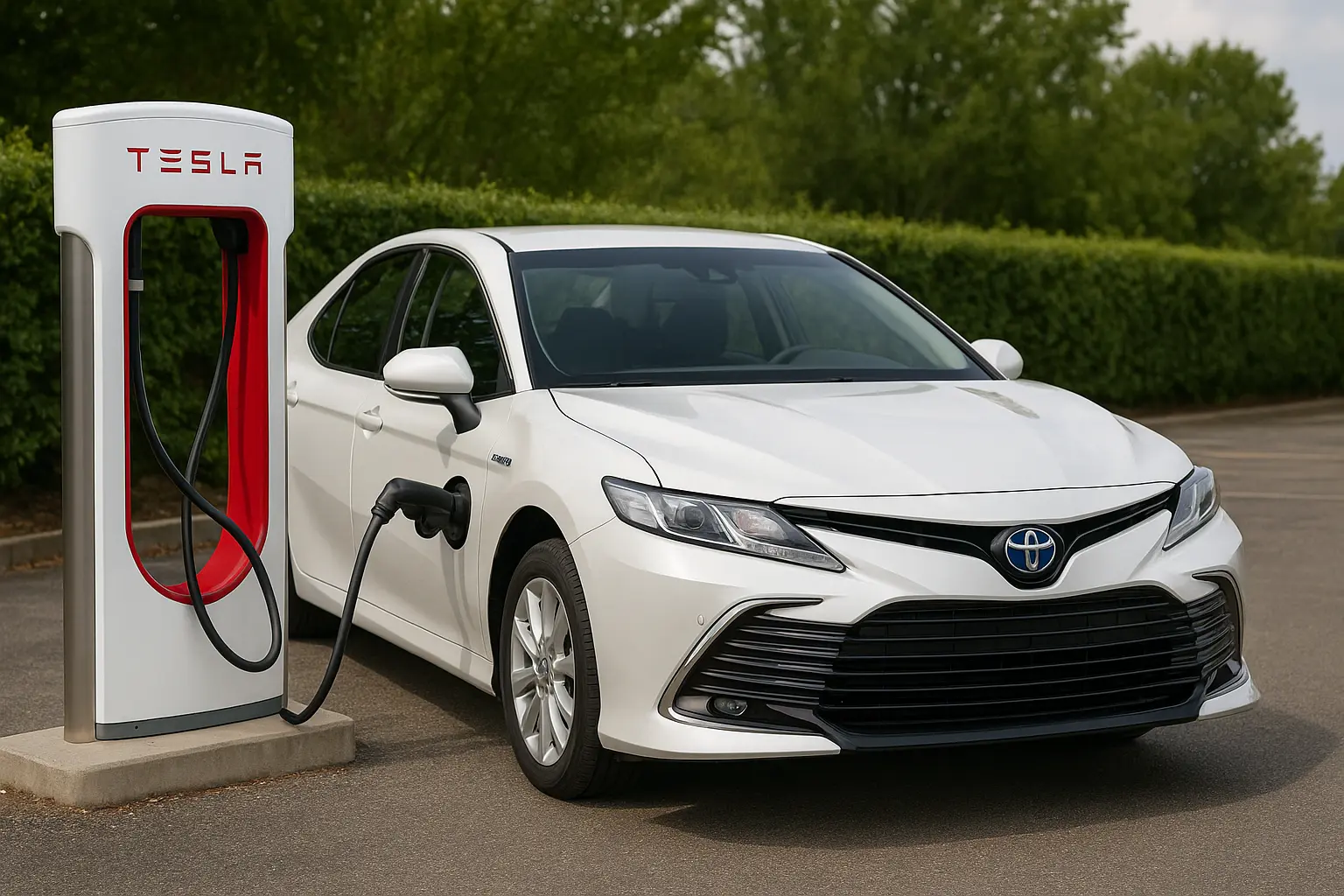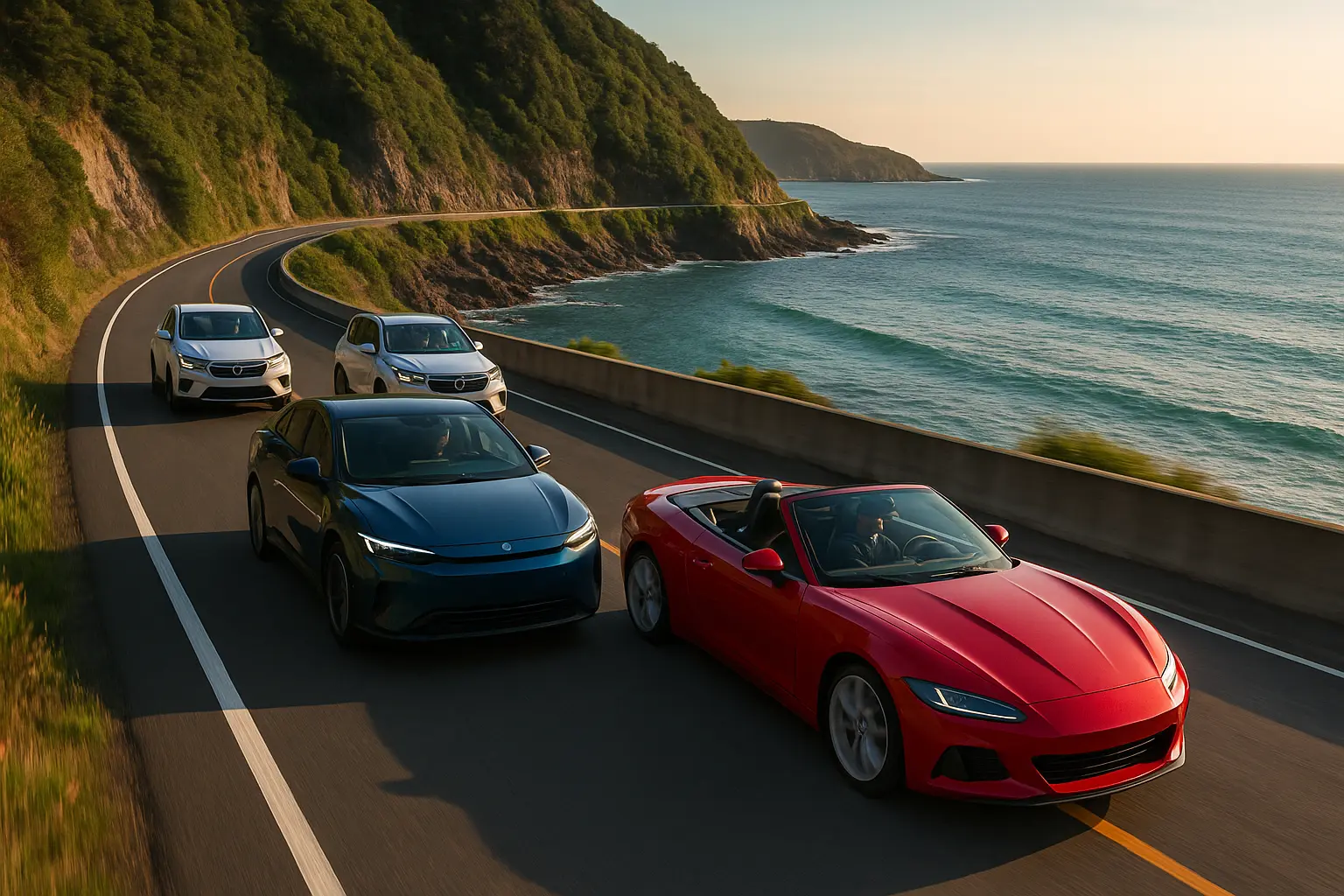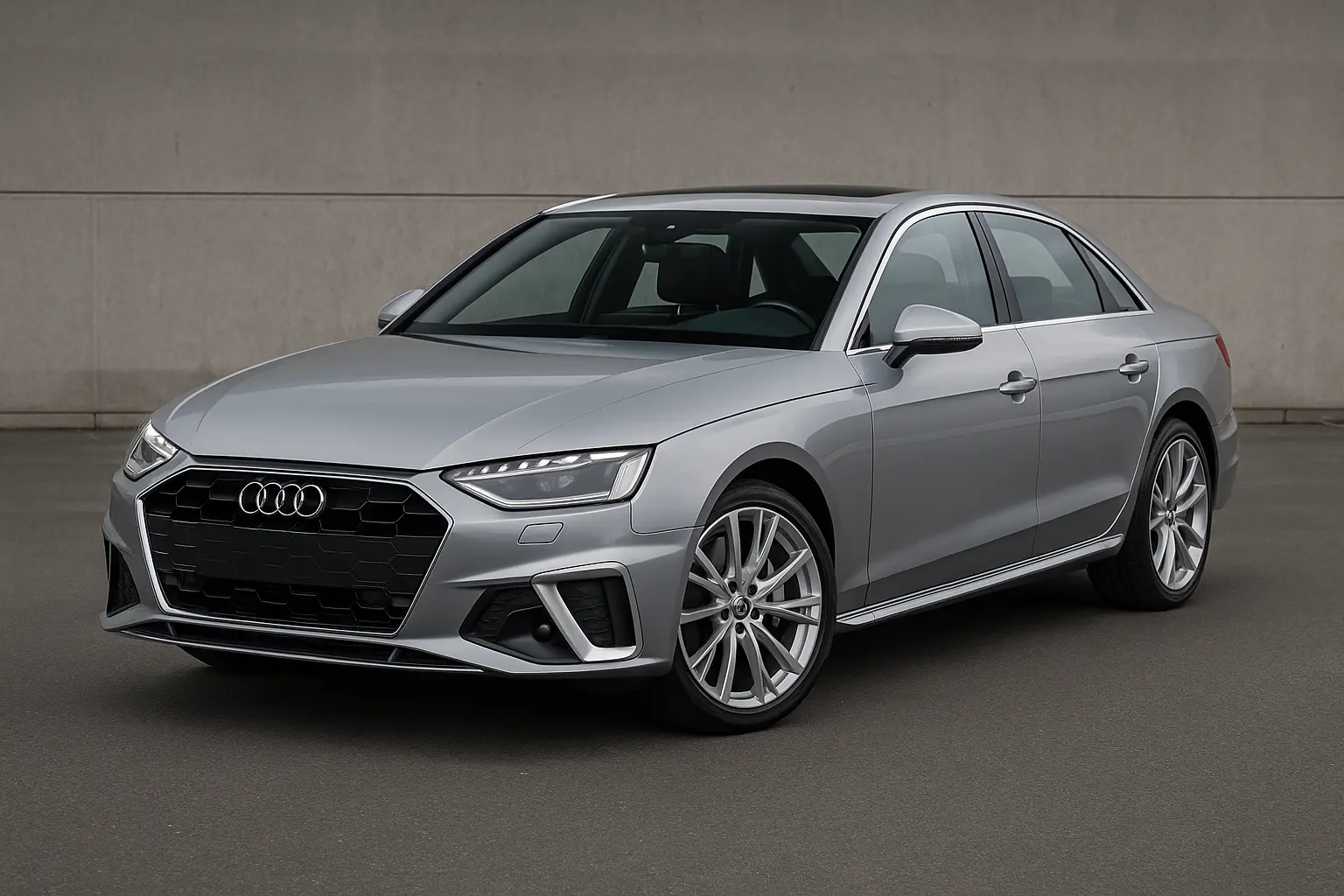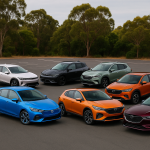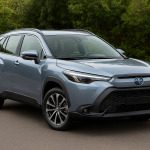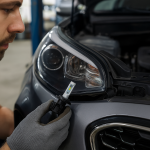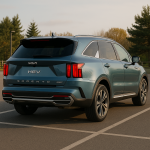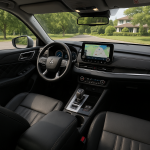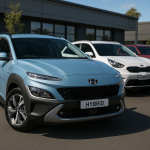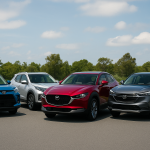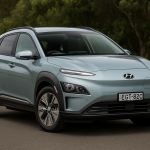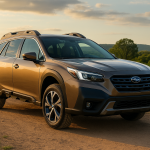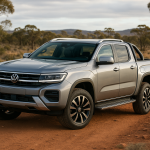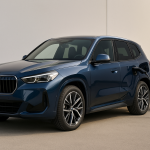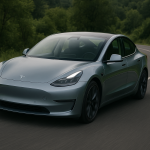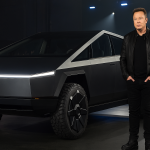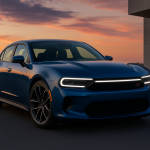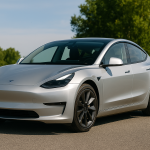Fuel prices and running costs are top of mind for Australian drivers in 2025. With petrol fluctuating, hybrids gaining traction, and EVs becoming mainstream, buyers now have more options than ever to save at the pump—or skip it entirely. Whether you’re commuting daily, driving long distances for work, or just want to cut household expenses, choosing a fuel-saving car can make a massive difference over time.
This guide dives deep into the best fuel-efficient cars in Australia across three categories: petrol, hybrid, and electric. We’ll explore real-world efficiency, ownership costs, and which vehicles truly deliver value for Aussie roads and lifestyles.

Why Fuel Efficiency Matters in 2025
Fuel savings go beyond just weekly costs at the bowser. Here’s why efficiency has become a deciding factor for many Australians:
- Rising petrol prices – Even though prices fluctuate, Australia has seen consistent long-term increases. A car that uses 20–30% less fuel can save thousands over five years.
- Environmental responsibility – More drivers want lower emissions. Hybrids and EVs help reduce carbon footprints without compromising convenience.
- Resale value – Fuel-efficient cars hold value better as demand grows among budget-conscious buyers.
- Government incentives – Several states now offer rebates or reduced stamp duty for hybrid and electric models.
- Long-distance practicality – With Australia’s vast geography, efficiency means fewer stops and better planning for road trips.
Petrol Cars That Deliver Big on Fuel Savings
While hybrids and EVs dominate headlines, petrol cars aren’t going away soon. Manufacturers continue refining small engines, turbocharging, and lightweight platforms to squeeze out better economy.
Toyota Corolla Hatch & Sedan
The Toyota Corolla remains a household name in Australia, and for good reason. With its 2.0-litre Dynamic Force engine, it balances power and efficiency, delivering around 6.0–6.5L/100km in combined driving.
Why it stands out:
- Reliable, affordable to service
- Widely available parts and servicing across Australia
- Excellent safety suite (Toyota Safety Sense) included as standard
Best for: city commuters who want low fuel bills without stepping into hybrid or EV territory.
Mazda 3
Mazda’s popular hatch and sedan bring style and efficiency together. The Skyactiv-G engine technology makes the Mazda 3 one of the most fuel-efficient petrol cars in its class at around 6.2–6.6L/100km.
Highlights:
- Engaging to drive—sportier than most compact rivals
- Premium interior finish compared to budget competitors
- Affordable entry-level pricing for first-time buyers
Kia Picanto
For urban drivers, the Kia Picanto is a standout micro car. Its tiny 1.25L engine sips just 5.0L/100km, making it one of Australia’s cheapest cars to run.
Why it works in 2025:
- Low upfront cost and low fuel spend
- Easy to park in tight city spaces
- 7-year warranty adds peace of mind
Hyundai i30
Still one of Australia’s top-selling small cars, the Hyundai i30’s 2.0L petrol engine returns about 7.4L/100km in combined conditions. While not the absolute lowest, its practicality and reliability make it a solid pick.
Hybrids: The Middle Ground Between Petrol & EV
Hybrids are booming in Australia. They combine petrol engines with electric motors for improved efficiency, automatically switching power sources depending on driving conditions.
Toyota Camry Hybrid
The Camry Hybrid continues to dominate the mid-size sedan space with economy figures of just 4.7–5.0L/100km.
Highlights:
- Spacious enough for families
- Excellent reliability record
- Smooth e-CVT transmission
Toyota RAV4 Hybrid
One of Australia’s hottest sellers, the RAV4 Hybrid offers SUV practicality with fuel use as low as 4.8L/100km.
Why Aussies love it:
- High seating position with great visibility
- Efficient for both city commutes and country driving
- Toyota’s hybrid tech is proven and widely supported
Honda Civic e:HEV
Honda reintroduced its hybrid technology with the Civic e:HEV. Delivering 4.2L/100km, it’s one of the most frugal hybrids available in 2025.
What makes it special:
- Stylish fastback design
- Strong safety suite
- More engaging drive compared to Toyota hybrids
Hyundai Kona Hybrid
For drivers wanting a compact SUV, the Kona Hybrid delivers at 4.3–4.7L/100km. It’s affordable, feature-packed, and a great bridge before fully committing to an EV.
Electric Cars: The Future of Fuel Savings
EVs are no longer niche. With charging networks expanding across Australia, electric cars offer unbeatable efficiency per kilometre.
Tesla Model 3
The Tesla Model 3 continues to dominate the EV space with a real-world range of 490–600km depending on variant.
Highlights:
- Lowest running costs compared to petrol and hybrid cars
- Over-the-air software updates keep it current
- Supercharger network expanding across Australia
BYD Seal
BYD is reshaping the EV market with affordable, long-range models. The Seal sedan offers up to 570km range at a fraction of Tesla’s price.
Best for: drivers who want maximum savings without premium brand pricing.
Hyundai Ioniq 6
This sleek EV delivers 614km WLTP range, making it one of the most efficient cars in Australia. It also supports ultra-fast charging—ideal for long trips.
MG4 EV
MG’s budget-friendly hatchback has become Australia’s top-selling affordable EV. With ranges up to 450km and sharp pricing, it makes electric ownership accessible.
Polestar 2
The Swedish-Chinese EV brings style and strong range (540km) while undercutting luxury rivals. Its minimalist interior and Google-based infotainment make it tech-friendly.
Hybrid vs Electric: Which is Best for You?
Choosing between hybrid and EV depends on lifestyle.
- Choose hybrid if:
- You drive long distances in rural or remote areas where charging is limited
- You want a familiar petrol back-up for peace of mind
- You’re budget-conscious and want lower upfront costs
- Choose EV if:
- You have easy access to home charging
- Most of your driving is in the city or suburbs
- You want the lowest running costs and environmental impact
Other Factors That Impact Fuel Savings
- Tyres: Low-resistance tyres improve economy by up to 5%.
- Driving style: Smooth acceleration and braking can save 10–15% in fuel use.
- Servicing: Regular oil changes and air filter checks improve efficiency in petrol/hybrid cars.
- Weight: Roof racks, bull bars, and cargo add drag and reduce efficiency.
The Australian Market Outlook for Fuel-Efficient Cars
In 2025, expect:
- Hybrids to dominate mainstream sales, especially Toyota RAV4 and Camry
- EV adoption to accelerate as charging stations expand along highways
- Petrol cars to stay relevant for budget buyers and rural drivers
- More competition from Chinese EV makers driving prices down
Final Thoughts
Fuel efficiency is no longer a niche concern—it’s central to car ownership in Australia. Whether you stick with a smart petrol hatch, explore hybrids, or dive into EV ownership, the options in 2025 are better than ever.
The right choice depends on your driving patterns, budget, and lifestyle. One thing is clear: whichever path you take, fuel-saving cars in Australia are making driving cheaper, cleaner, and smarter for the future.
Leave a comment
Your email address will not be published. Required fields are marked *


